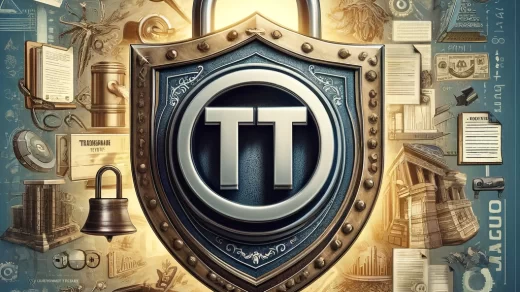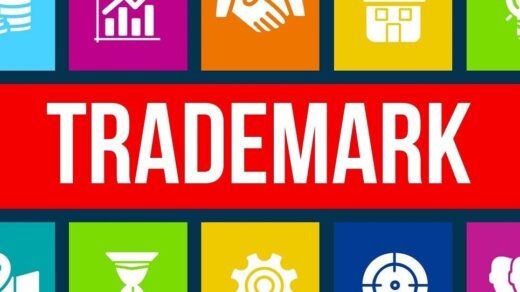The journey from emerging artist to recognized creator is fraught with both opportunity and challenge. Central to navigating this path successfully is the protection of one’s creative works through intellectual property rights, notably trademarks.
However, the process of selecting and registering trademarks is replete with misconceptions and pitfalls that can ensnare the unwary artist.
This article aims to elucidate these challenges and offer guidance to artists seeking to safeguard their creations.
1. Misconception: Trademarks and Copyrights Are Interchangeable
One of the most prevalent misunderstandings among emerging artists is the conflation of trademarks with copyrights. While both are integral to protecting intellectual property, they serve distinct purposes. Copyrights safeguard the authorship of original works of art, literature, music, and other forms of creative expression.
Trademarks, conversely, protect symbols, names, and slogans used to identify goods or services in the marketplace. An artist may copyright their paintings but trademark a unique logo or brand name under which their art is sold.
2. Pitfall: Failing to Conduct a Comprehensive Trademark Search
Prior to settling on a trademark, it is imperative to conduct a thorough search to ensure it is not already in use or too similar to existing trademarks. Neglecting this step can lead to legal disputes and the potential invalidation of the trademark.
Emerging artists should employ the services of a trademark attorney or utilize the resources provided by intellectual property offices to conduct an exhaustive search.
3. Misconception: Trademark Registration Is Universally Applicable
Another common error is the belief that a trademark registered in one country provides global protection. Trademark rights are territorial, meaning they only offer protection within the borders of the country in which they are registered.
Artists aiming for international recognition should consider registering their trademark in key markets and be aware of the Madrid Protocol, which facilitates international trademark registration.
4. Pitfall: Overlooking Non-Traditional Trademarks
Artists often overlook the potential of non-traditional trademarks, such as color schemes, shapes, or sounds, in distinguishing their brand. For instance, a unique color combination used in artwork packaging or a distinctive jingle in promotional materials can be trademarked.
Expanding the concept of what can constitute a trademark can offer broader protection and brand differentiation.
5. Misconception: Assuming Registration Guarantees Protection
Securing a trademark registration does not equate to automatic protection. It is the responsibility of the trademark holder to monitor and enforce their trademark rights.
Failure to act against infringements can weaken the trademark and, in some cases, lead to its cancellation. Emerging artists should establish a strategy for monitoring their trademarks and be prepared to enforce their rights through legal channels.
6. Pitfall: Neglecting the Importance of Professional Advice
Attempting to navigate the complexities of trademark registration without professional guidance is a common pitfall. The process involves nuanced legal considerations and procedural intricacies best handled by experienced professionals. Engaging a trademark attorney can save artists time, money, and potential legal headaches in the long run.
In conclusion, the protection of creative works through trademarks is a critical aspect of an artist’s career development. By understanding and avoiding the common misconceptions and pitfalls associated with trademark selection and registration, emerging artists can secure their intellectual property rights and build a solid foundation for their brand. Armed with the right knowledge and professional guidance, artists can focus on what they do best: creating.




